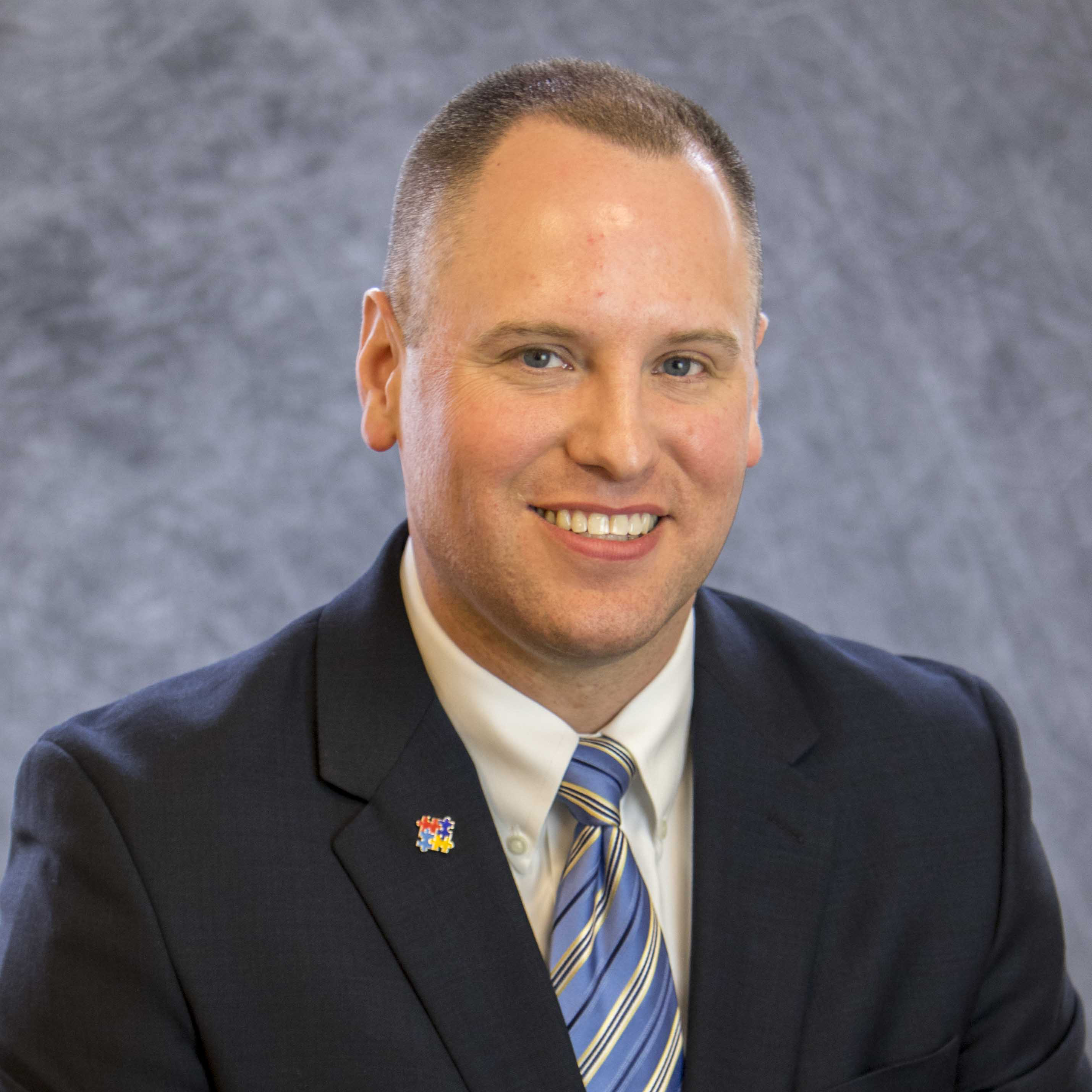To increase the local sales tax rate to nearly 9.0% to expand transit services and build a once-rejected $72 million Central City Line
This November, people living in the Spokane Transit Authority (STA) service area – which includes the most populated parts of Spokane County – will be asked to vote again on a ballot proposal that would raise sales taxes by $221 million over 11 years to fund expansion of public transit services.
Approval of Proposition One would raise the sales tax rate for many to just under nine percent to fund 25 projects, including a new West Plains Transit Center, expanded bus service in rural areas and extended weekend hours, and the “Central City Line” – a project voters have previously rejected. In the past, transit officials and city leaders referred to the project as a downtown electric trolley. They now insist the $72 million system is Bus Rapid Transit.
If the proposal is implemented, Spokane Transit Authority would become a $100 million per-year agency.
Key Facts on Spokane Transit Authority (STA)
STA provides fixed route bus, demand response, and a vanpool program to residents throughout its 248 square mile service area. Overall, it is one of the state’s best managed public transit agencies.
The cost to carry a passenger on an STA bus remains one of the lowest of urban transit agencies in the state, at roughly $4.00 per trip. Between 2004 and 2013, STA’s bus service saw ridership growth of 43 percent, yet STA officials only expanded bus service by seven percent.
Typical of most transit agencies, STA’s paratransit program is its most costly service, while its vanpool program continues to be its most efficient. Transit officials have devoted the largest spending growth to administration, with administrative costs growing by 85 percent –between 2004 and 2013 – to $11 million per year.
STA’s use of taxpayer and rider resources
Currently, Spokane Transit Authority spends $65.6 million per year on opera- tions. In 2016, STA expects to receive $50.3 million in revenue from the local sales tax rate of 0.6 percent and a further $10.5 million from rider fares and other transit revenues.
If Proposition One is approved, another $220 million over the next 11 years would be directed to the transit agency. The ballot plan calls for a 0.1 percent sales tax rate increase in 2017, followed by another 0.1 percent rate increase in 2019.
If approved, the tax increase would bring STA officials roughly $20 million a year in additional sales tax revenues and would bring the agency more than $100 million a year when sales tax, fares and other revenues are combined.
The proposed Central City Line
The largest spending project in the ballot proposal is STA’s “Central City Line” (CCL). The CCL is a six-mile long xed route project stretching from Browne’s Addition, through the downtown Spokane core, east to the University district and ending at Spokane Community College. The cost of the proposed system is $72 million – or $12 million per mile. It would also incur at least $4.1 million in annual operating costs.
This is the proposal STA o cials and city leaders once described as the “electric trolley,” the centerpiece of their desired high-performance transit network. They now insist the mode is Bus Rapid Transit.
Research shows, however, that the Central City Line does not meet Bus Rapid Transit definitions, which typically have five essential features: (1) Dedicated right of way, (2) Busway alignment, (3) Off-board fare collection, (4) Intersection treatments (signal priority – lights turn green as buses approach) and (5) platform-level boarding.
The Institute for Transportation and Development Policy says “to be considered BRT, there must be a minimum of 1.9 miles that has dedicated bus lanes.” Plans indicate Spokane’s Central City Line will not have dedicated lanes. In fact, STA’s own original Central City alternatives analysis eliminated BRT from consideration due to the typical need for busway alignment and dedicated lanes.
Originally, the Central City Line was not supposed to have tra c signal priority. STA officials now say they “assume” it will, but only at some major traffic intersections.
Bus Rapid Transit systems are also typically powered by hybrid or diesel buses and cost about three to five to seven million dollars per mile to construct, while STA’s system is proposed at $12 million per mile.
Conclusion
Any transit agency is obligated to move people from point A to point B in the most efficient and safest way possible and indications are STA carries out this mission successfully within its current budget.
A number of bus service projects proposed in Proposition One also t that goal, including a new West Plains Transit Center and expanded night and weekend service to many areas. These potential bene ts are off-set by the high construction and potentially damaging operating costs of the controversial Central City Line, which does not meet the definition of a Bus Rapid Transit system.
Furthermore, improvements in public transit services in Spokane are possible without a tax increase by implementing an improved budget-management approach within existing tax revenue. Such an approach would avoid the economic dislocation and job-disruptive effects of imposing a $221 million sales tax increase.
Download Citizens' Guide to Spokane Transit Authority's Proposition One as a PDF




